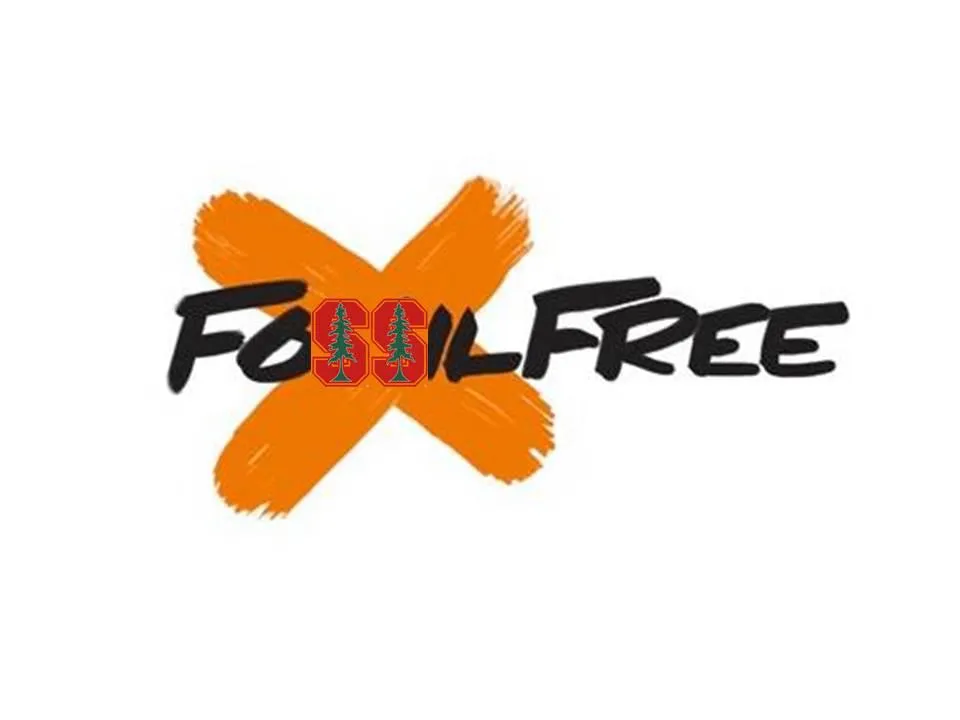Table of Contents
On Tuesday, September 23rd, the United Nations hosted Climate Summit 2014. Over 125 world leaders attended, and mass demonstrations in support of the summit occurred globally. President Obama gave a passionate speech on the political and economic importance of making climate change a forefront issue, outlining some of his executive successes during his past years in office. He appealed to other countries to “join us -– not next year, or the year after, but right now, because no nation can meet this global threat alone.” Just the day before, the World Bank released a declaration calling for a global price on carbon. If combating climate change is such a priority for the United States, then why are we a missing signatory among 74 nations and 1,000 investor signatures?
There are two prominent models to legislate control of carbon emissions: through a carbon-tax or a system of cap-and-trade. In 2010, President Obama made a failed attempt to pass a national cap-and-trade bill through Congress. In the upcoming midterm elections, there is a high chance that Republicans will regain control over the Senate and install Kentucky Senator Mitch McConnell as the new majority leader. In this context, attaching dollars to carbon emissions on a national scale looks nearly impossible. Checking the pulse of the nation, around 50% of those polled prioritized environmental protection over economic growth, a decrease in 20% from the 1980s. Over 40% of voters consider the consequences of global warming to be over-exaggerated, while nearly half of voters think that the White House is not doing enough to address the issue. With such strong differences of opinion in both Congress and the general public, the United States looks to other nations and individual states to pioneer models on carbon pricing.
In 2006, California adopted legislation that mandated a large reduction in greenhouse gas emissions. Six years later, it became the first state to have a comprehensive cap-and-trade system. Cap-and-trade is a system where government imposes a limit on the legally approved amount of carbon emissions, and then proceeds to auction permits to corporations. If businesses do not use all of their permits, they are free to sell them to others on the market. This year, emissions have been capped at 160 million metric tons. Next year, in a controversial move that could possibly spike gas prices, regulators plan to increase the goal to 395 million metric tons and include gasoline wholesalers in their regulation.
The profits that have been made from the entire trade system are funneled into the following ventures: alternative or renewable fuels, customer relief, or the Greenhouse Gas Reduction Fund. The efficacy of the program is to be determined in the coming weeks when reports on companies’ emittances are released. If the program works effectively, then we can expect a 2% reduction in greenhouse gas emittances. Across the Atlantic Ocean, the European Union Emissions Trading System (EU ETS) can take credit for 2-4% of the reduced greenhouse gas emissions in the EU through their cap and trade program. Although there is still progress to be made, EU ETS has been qualitatively noted as influencing small-scale investment decisions and has likely helped deter further large carbon intensive investments.
So is there a cost to consumers? In some cases, yes. Businesses pass on the costs through higher prices, which immediately affect consumers. However, in a non-regulated competitive market, consumers have the opportunity to choose the less expensive good. Companies who pollute less can offer cheaper prices to their customers because they do not need to purchase permits and because they have access to a market to obtain revenue from their excess permits. This option uses market forces to indirectly incentivize consumers to reduce their carbon impact. On the flip side, when companies absorb the costs, they are further incented to minimize their carbon footprint to reduce operating expenses. Although there is room for changing prices, we have yet to see cap-and-trade systems create pricing models detrimental to consumers and businesses.
However, for the United States, a revenue-neutral carbon tax might be the preferred model. The system in place in British Columbia, Canada, shows how government could utilize this approach. With a fee and dividend approach, the carbon fee is implemented at the agent responsible for the point of entry (such as a mine or a well). The cost is transferred to the consumer through price increases. The revenue generated from the fees is collected and equally distributed among taxpayers in the form of a tax return. Thus, those that purchase goods from companies with a smaller carbon footprint have the opportunity to receive more in tax returns. According to the Citizens Climate Lobby, if the United States were to implement such a system, 66% of Americans could earn back as much as or more than difference they are paying in increased prices. In British Columbia, the consumption of taxed fuels per capita fell by 19%, and greenhouse gas emissions fell by 10%. Perhaps the accumulation of positive effects has led to 64% of the public supporting the process.
Given the effectiveness of carbon pricing, why does the United States hesitate to nationally legislate a price for carbon? The cost of action immediately affects constituencies and elections, while the cost of inaction is diffused to the masses in the future. For a country that places so much emphasis on free markets, putting a dollar sign on an environmental cost should encourage companies to operate more efficiently and motivate consumers to purchase greener products. It is worth considering that although change may be hard, and some are going to receive the bad end of the deal, the benefits outweigh the costs. Given the projected savings of $8 trillion dollars in the next century along with mitigating price spikes, resource shortages, and high utility costs, the United States should enact policy to ensure their companies are globally responsible.






